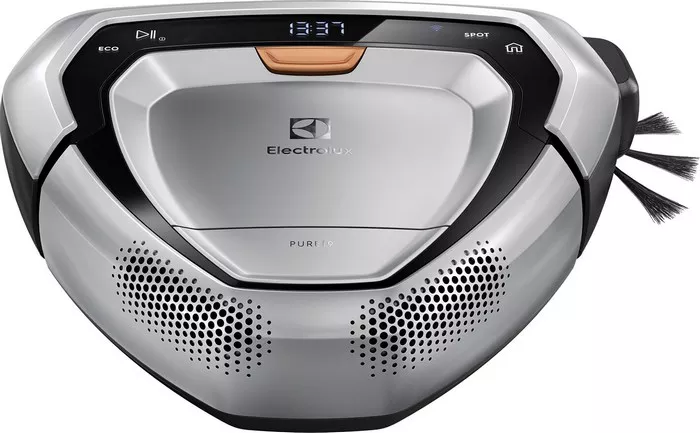Vacuum cleaning machines have become an indispensable tool in modern households, offering efficient and convenient ways to clean various surfaces. But have you ever wondered how these machines work? In this comprehensive guide, we’ll delve into the inner workings of vacuum cleaners, from their basic components to their cleaning mechanisms.
Components of a Vacuum Cleaning Machine
1. Motor: The heart of a vacuum cleaner, the motor generates suction power to pull in dirt and debris.
2. Fan: Connected to the motor, the fan creates airflow, which helps in suction and pushing air through the machine.
3. Dust Container or Bag: This is where dirt and debris are collected during cleaning. Bagged vacuums use disposable bags, while bagless ones have a dust container that can be emptied and reused.
4. Filters: Filters trap fine particles and allergens, preventing them from being released back into the air. Common types include HEPA filters and foam filters.
5. Hose and Nozzle: These components are responsible for directing suction to the desired surface. The nozzle may come with brushes or other attachments for different cleaning needs.
How a Vacuum Cleaning Machine Works
When you turn on a vacuum cleaner, the motor powers the fan, creating suction. This suction pulls in air along with dirt and debris from the surface being cleaned. As the air passes through the machine, it goes through the filters, which trap particles. Clean air is then expelled back into the environment, while dirt and debris are collected in the dust container or bag.
Advantages and Disadvantages of Vacuum Cleaning Machines
Advantages:
1. Efficiency: Vacuum cleaners are efficient at removing dirt, dust, pet hair, and other debris from various surfaces, including carpets, hardwood floors, upholstery, and curtains.
2. Convenience: They offer a quick and easy way to clean large areas without much physical effort.
3. Versatility: Many vacuum cleaners come with attachments and accessories for cleaning different surfaces and hard-to-reach areas.
4. Improved Air Quality: High-quality filters, such as HEPA filters, can help improve indoor air quality by trapping allergens and other airborne particles.
Disadvantages:
1. Noise: Some vacuum cleaners can be noisy, which may be disruptive, especially in quiet environments.
2. Maintenance: Vacuum cleaners require regular maintenance, such as emptying the dust container or replacing the bag, cleaning filters, and checking for clogs.
3. Cost: While basic vacuum cleaners are relatively affordable, high-end models with advanced features can be expensive.
4. Storage Space: Larger vacuum cleaners may require ample storage space, which can be a challenge in smaller homes or apartments.
Cost of Vacuum Cleaning Machines
The cost of a vacuum cleaner can vary depending on factors such as brand, model, features, and functionality. Basic upright or canister vacuum cleaners typically range from $50 to $200. Mid-range models with additional features like HEPA filters and multiple attachments may cost between $200 and $500. High-end vacuum cleaners, such as robotic or cordless models, can cost $500 or more.
FAQs
Q1. How often should I replace the filters in my vacuum cleaner?
A1: It’s recommended to replace or clean the filters in your vacuum cleaner every 3 to 6 months, depending on usage and the type of filter. HEPA filters, in particular, should be replaced regularly to maintain optimal performance and air quality.
Q2. Can I use a vacuum cleaner on all types of surfaces?
A2: Most vacuum cleaners are designed to be versatile and can be used on various surfaces, including carpets, hardwood floors, tile, laminate, and upholstery. However, it’s essential to check the manufacturer’s guidelines and adjust the settings or use appropriate attachments to avoid damaging delicate surfaces.
Q3. How do I maintain my vacuum cleaner to ensure its longevity?
A3: To prolong the life of your vacuum cleaner, follow these maintenance tips:
1. Empty the dust container or replace the bag regularly.
2. Clean or replace filters as needed.
3. Check for and remove any clogs in the hose or nozzle.
4. Clean brush rolls and attachments to remove hair and debris.
5. Store your vacuum cleaner in a dry, clean area when not in use.
6. Schedule regular inspections and servicing by a professional if necessary.
By understanding how vacuum cleaning machines work and following proper maintenance guidelines, you can ensure that your vacuum cleaner remains efficient and effective for years to come.

